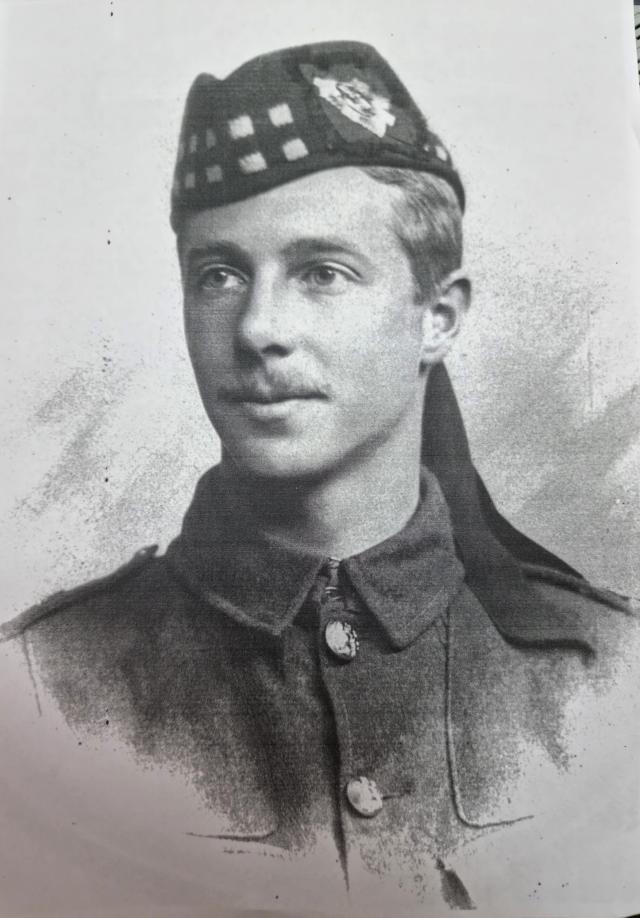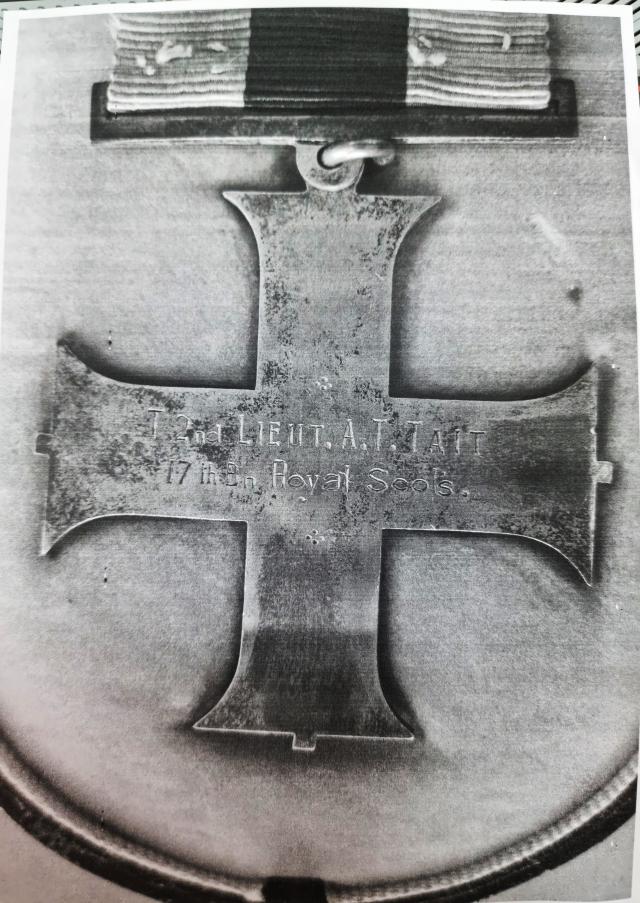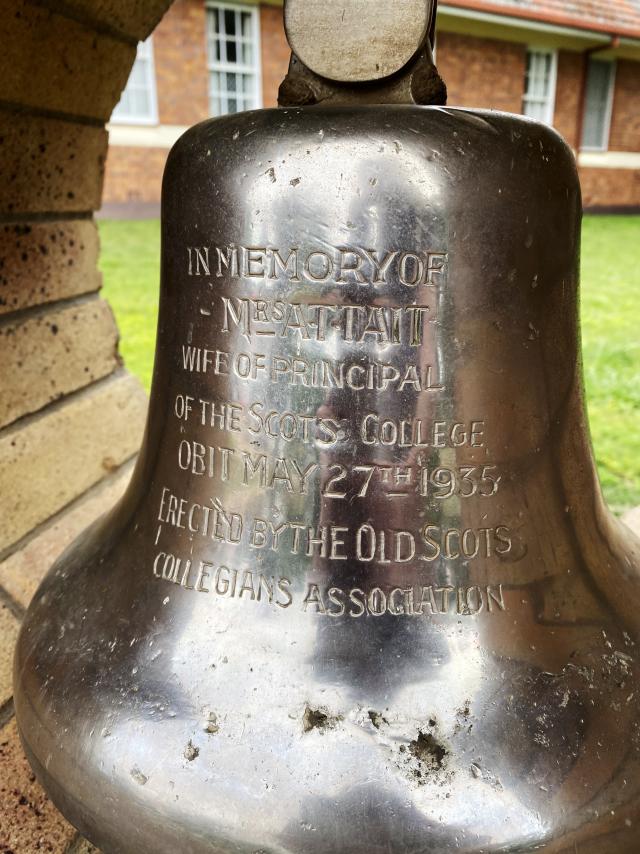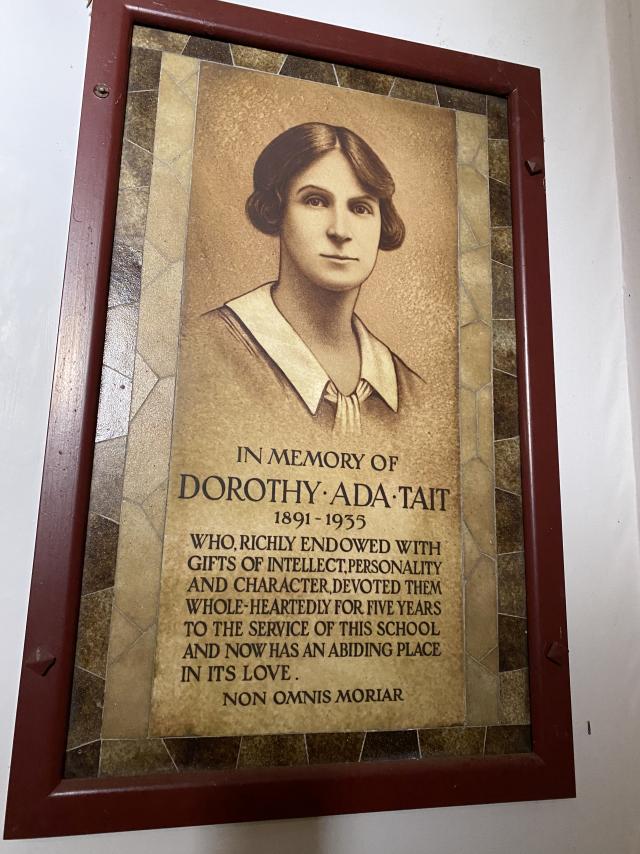PRECEDE
Historian JOHN TELFER recounts the remarkable life of Geelong College Principal and Anzac hero Alan Tait.
Alan Tait was born in Melbourne on 29 April 1891, the son of the Reverend George and Mary Agnes Tait, (nee Sym), and lived at the Manse in Punt Road South Yarra.
In 1903, Alan began his education at Geelong College and soon began to show out in cricket and football between 1906 to 1908, as well as becoming a Prefect.
He was a brilliant student who excelled in his studies and on graduation, was awarded the Dr Kearney Prize, before gaining a place at Ormond College, University of Melbourne.
Alan graduated with a Master of Arts and was then accepted into the University of Edinburgh in Scotland for post-graduate studies.
In 1912 while still in the United Kingdom, he started a diploma course at the United Free Theologian Hall and completed it in 1914.
Soon after, Alan became caught up in the fervour of the First World War and so applied for enlistment and was accepted into the British Royal Scots 17 th Battalion, as a Private, on 29th September 1914.
Alan’s battalion was soon heavily involved in the war when they arrived in France on 6 January 1916, and was soon in action on the Western Front.
At this stage Alan was still a private but his courage and leadership soon came under notice before he received his first wound on 1 July 1916.
Soon after, Alan was given a commission in the field because of his qualities in leadership, and not long after this his regiment became involved in the Battle of Thiepval Ridge, as they were part of the Reserve offensive pushing the Germans towards the Hindenburg Line.
It was here that Alan was awarded the Military Medal in April 1917.
The citation said: “For conspicuous gallantry and devotion to duty in vacating under orders, a position and withdrawing to a sunken road and then, retaking the same position in the face of heavy enemy fire. He held this position until it became untenable and then ordered to withdraw. His coolness was magnificent and showed himself a fine leader of men”.
Alan was evacuated to England to receive hospital treatment when he was wounded a second time, and soon after the war ended in November 1918, Alan was demobbed and embarked back home to Australia on board the SS Devanha on 8 May 1919.
After the war, Alan returned to the Geelong College teaching staff and resumed teaching in his favourite subjects; Latin, Greek, Logic and Psychology.
In 1920, Alan married Dorothy Ada Tate, the daughter of Frank Tate who was the First Director- General of Education in Victoria, and over the next 10 years they raised two sons Alan and Frank.
However, Alan was keen to improve his employment prospects and noticed a position for a Head Master at Scots College in Warwick, Queensland was advertised, so applied and was accepted.
As mentioned earlier, Alan and his family moved up to Warwick in 1931 to take up his role as the new Head Master, and immediately had an impact as an educator and leader which he had developed from his military days.
This influence was noticed with the reforming of school cadet units in Australian schools, and the reformation of the militia unit in Warwick, which made it possible for the Scots College to form a unit under the command of Captain Alan Tait and held their first parade of the new cadet unit on Buss Oval on 11 October, 1933.
Later, a small rifle range was established and a band was formed, and from then on, Scots College had a presence in all future Warwick Anzac Day celebrations and memorials.
Alan’s two boys adapted to the change very well and Alan junior, became a very accomplished athlete representing the college in cricket lifesaving and swimming.
Meanwhile, Alan’s wife Ada became a mother, nurse and councillor to the boarding students, and upon her sudden death in 1935, a poignant memorial was placed in the entrance foyer of School House to honour her name, and to acknowledge her contribution to the students of the boarding houses of the college.
It read: “In memory of Dorothy Ada Tait (1891 – 1935), who, richly endowed with gifts of intellect, personality and character, devoted them whole-heartedly for five years to the service of this school and now has an abiding place in its love”. Non Omnis Moriar
In 1939, after eight years as Principal of the college, Alan decided to return to his old Alma Mater in Geelong, who were thrilled upon his return as Vice- Principal of the school.
On his departure from Scots College the old boys gave him a fitting farewell comparing him to a ship when they said in The Clansman, the college newsletter:
“He stood by the wheel, steering a course straight onward. After his wife’s death they found him still at the helm, still carrying on with the same cheerfulness and inimitable kindliness, with the same doggedness, with the same optimism, with same great success.
“Scots was fortunate to have had Alan Tait at the ‘helm’ during the hard times of the Depression”.
He maintained his new position at Geelong College until his retirement in 1957.
Alan was a dedicated member of the Old Geelong Grammarians Association, and in 1946,was elected as president.
In 1999 his family donated his Military Cross to the Geelong College and is now on display in their college archives.
Eventually, Alan Taylor Tait passed away on 19 August 1969, at the age of 78, one of the great college principals and a courageous Anzac.










